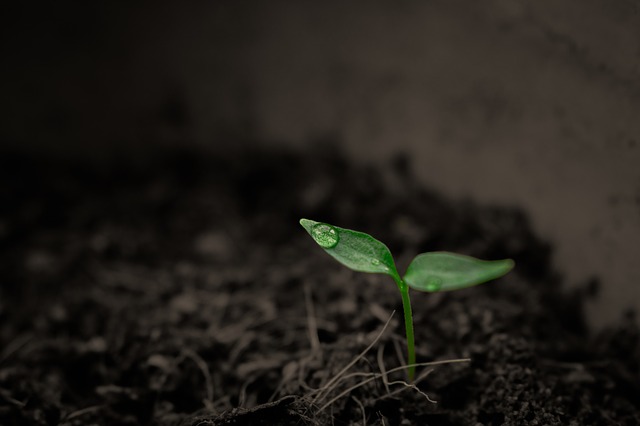

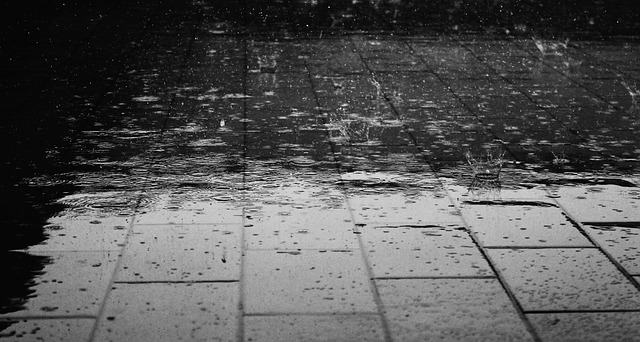
Overview
Water is a very important resource for life on earth, Proper collection of rainwater will go a long way for better lifestyle, Efficient and judious use of water will help cultivation round the year and reduce cost on cultivation.
Systems
The benefits are minimized water, manure, and energy usage & Infrastructure.

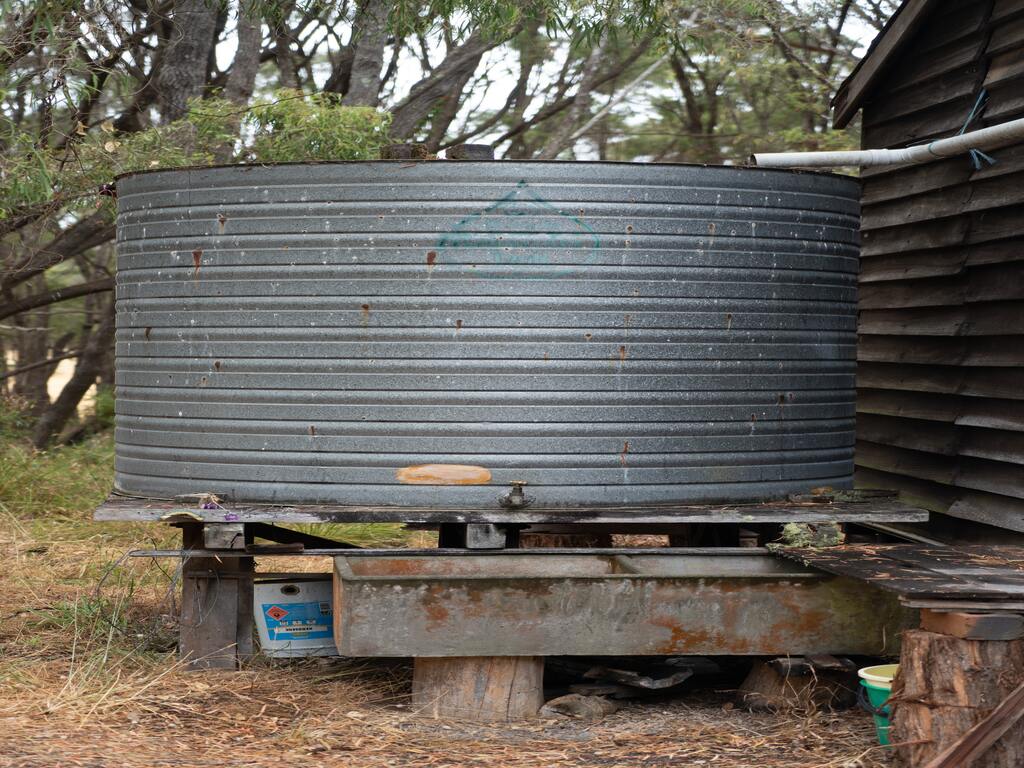
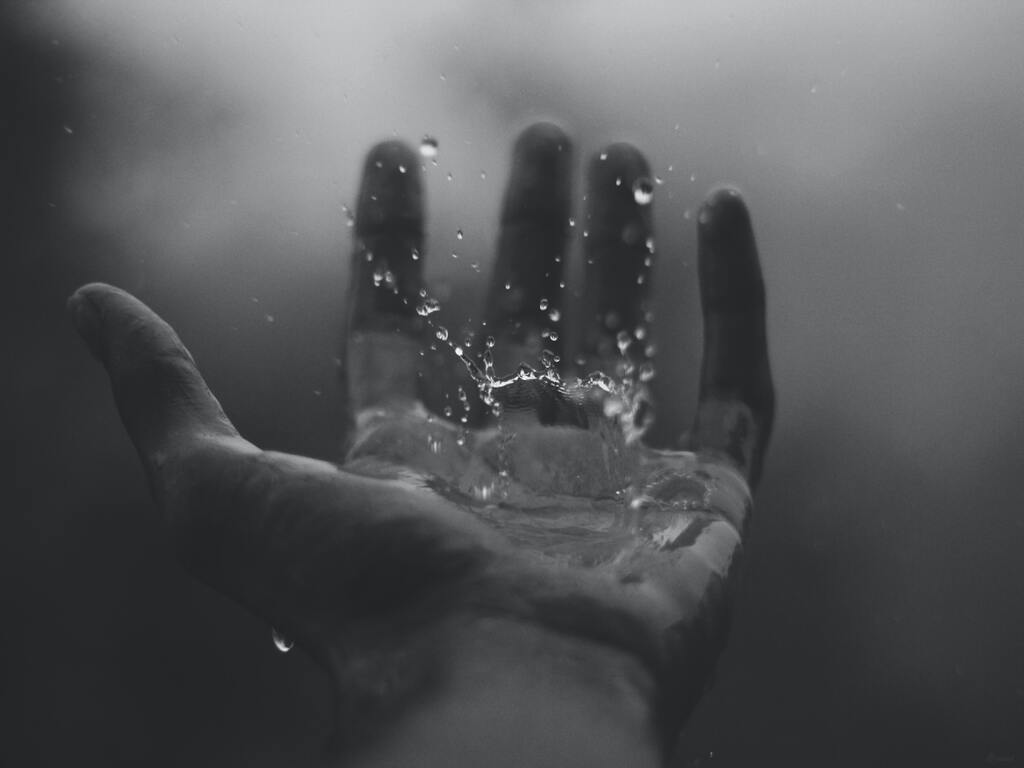
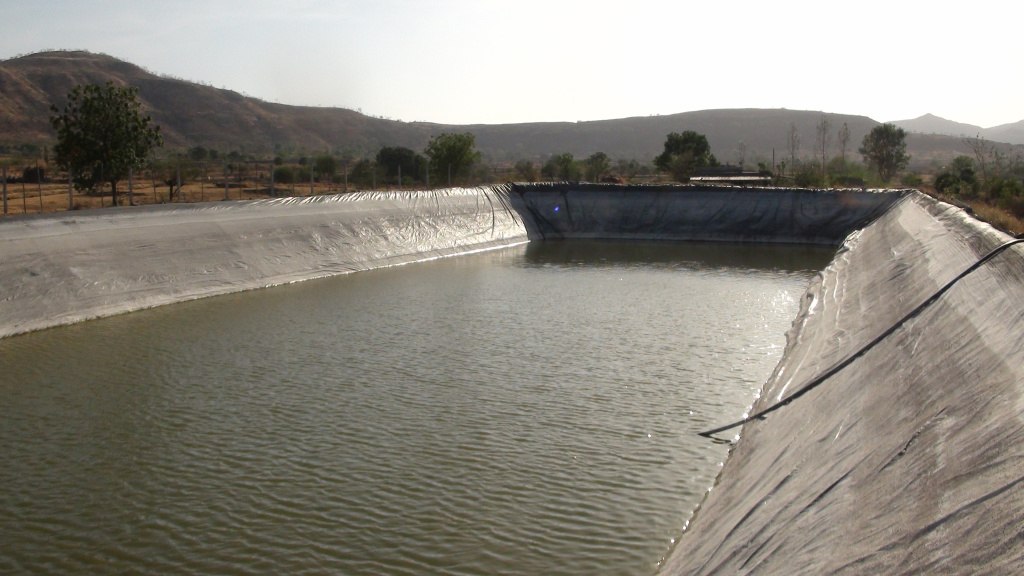
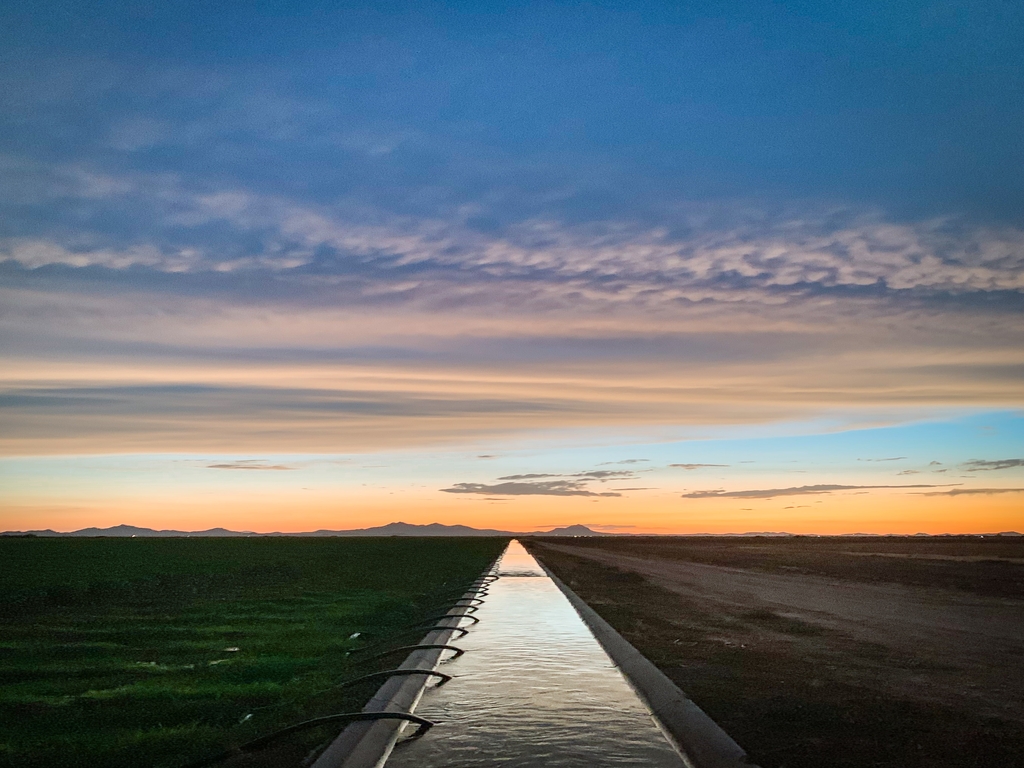
The storage of rain water on surface is a traditional technique and the structures used were underground tanks, ponds, check dams, weirs etc. Recharge to ground water is a new concept of rain water harvesting and the structures generally used are :-
Recharge pits are constructed for recharging the shallow aquifer. These are constructed 1-2 m wide and to 3 m deep, which are filled with boulders, gravels, coarse sand.
These are constructed when the permeable stram is available at a shallow depth. Trench may be 0.5-1 m. wide, 1-1.5m. deep and 10-20 m. long depending on availability of water. These are attached with filter materials.
Existing dug wells may be utilised as recharge structure and water should pass through filter media before diversion to the dug well.
The existing hand pumps may be used for recharging the shallow/deep aquifers, if the availability of water is limited. Water should pass through filter media before diverting it into hand pumps.
Recharge wells of 0.5-1 m diameter are generally constructed for recharging the deeper aquifers and water is passed through filter media to avoid choking of recharge wells.
For recharging the shallow aquifer which are located below clayey surface, recharge shafts of 0.5-3 m. diameter and 10-15 m. deep are constructed and filled with boulders, gravels & coarse sand.
For recharging the upper as well as deeper aquifers lateral shafts of 1.5-2 m. wide & 10-30 m. long, depending upon availability of water, one or two bore wells are constructed. The lateral shafts is filled with boulders, gravels & coarse sand.
When permeable strata starts from top then this technique is used. Dispersing water to streams/Nalas by making check dams, nala bunds, cement plugs, gabion structures or a percolation pond can be accomplished.